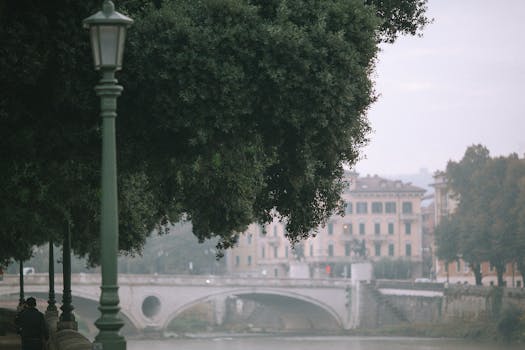
Urban Green Spaces: The Future of Outdoor Living in European Cities by 2025
Urban Green Spaces are becoming increasingly important in European cities, and it’s easy to see why. As the world becomes more urbanized, the need for green spaces has never been more pressing. Urban Green Spaces are not just aesthetically pleasing, but they also provide a range of benefits for both the environment and the people who live in these cities.
Introduction to Urban Green Spaces
Urban Green Spaces refer to any area of greenery in an urban environment, including parks, gardens, and green roofs. These spaces provide a haven for wildlife, help to mitigate the effects of climate change, and offer a space for people to relax and socialize. In this article, we will explore the importance of Urban Green Spaces in European cities and how they are transforming the future of outdoor living.
The Benefits of Urban Green Spaces
There are numerous benefits to Urban Green Spaces, including:
- Improved air quality: Green spaces help to absorb pollutants and particulate matter, improving the air quality in urban areas.
- Climate regulation: Urban Green Spaces help to regulate the temperature in cities, reducing the urban heat island effect.
- Biodiversity: Green spaces provide a habitat for a wide range of plant and animal species, helping to preserve biodiversity in urban areas.
- Recreation: Urban Green Spaces provide a space for people to relax, socialize, and engage in physical activity.
- Mental health: Spending time in nature has been shown to have a positive impact on mental health, reducing stress and anxiety.
European Cities Leading the Way
Many European cities are leading the way in terms of Urban Green Spaces, with some cities having over 50% of their area dedicated to green spaces. Cities such as Copenhagen, Stockholm, and Amsterdam are examples of cities that have successfully incorporated green spaces into their urban planning. These cities have implemented a range of initiatives, including green roofs, urban forests, and community gardens, to increase the amount of green space available to residents.
Challenges and Solutions
Despite the many benefits of Urban Green Spaces, there are still challenges to be overcome. One of the main challenges is funding, as creating and maintaining green spaces can be expensive. However, there are solutions to this challenge, such as public-private partnerships and community-led initiatives. Another challenge is the lack of space in urban areas, but this can be overcome by using innovative designs, such as green roofs and vertical gardens.
Conclusion
In conclusion, Urban Green Spaces are a vital component of European cities, providing a range of benefits for both the environment and the people who live in these cities. As we look to the future, it’s clear that Urban Green Spaces will play an increasingly important role in shaping the way we live and interact with our urban environments. By incorporating more green spaces into our cities, we can create healthier, more sustainable, and more livable urban environments for everyone.





